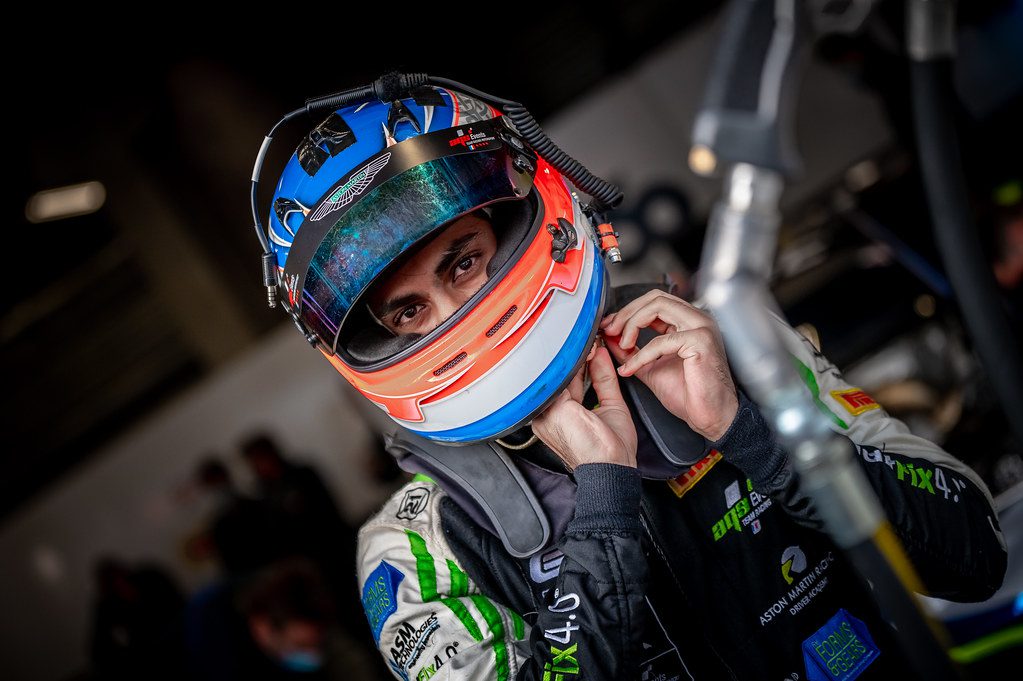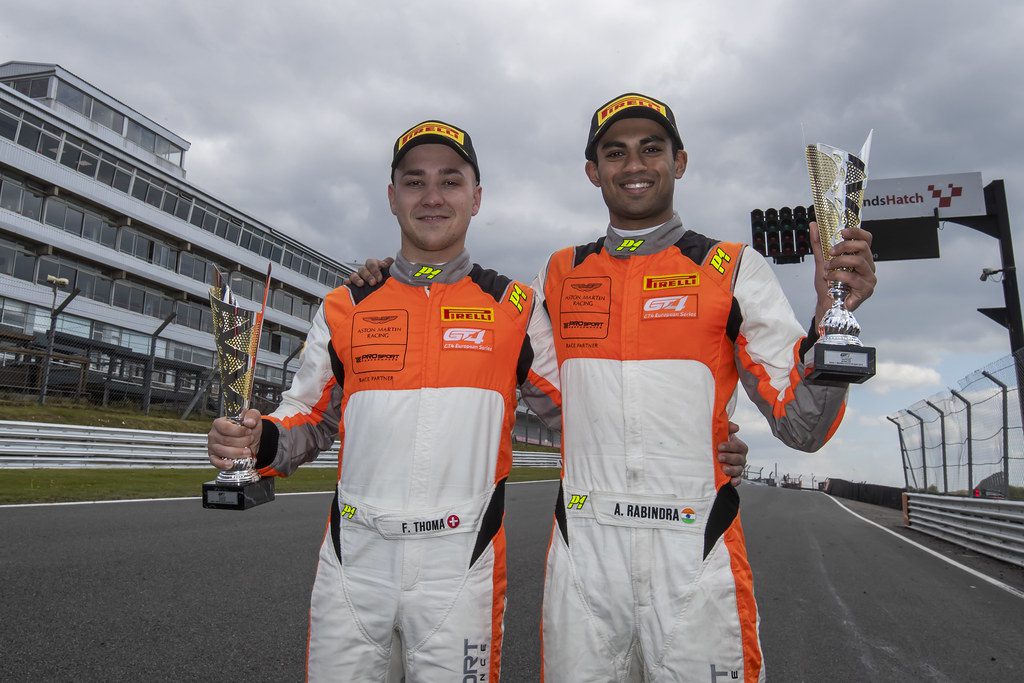(October 31, 2023) Srinivasan Ramanathan, fondly known as Ramji, is an engineer, carpenter, and the visionary founder of Craftizan. With ISRO as his top customer, he’s a self-made entrepreneur with a talent for crafting intricate scaled models, tracing his love for model-making back to his childhood.
As I open the gates of Craftizan at Belwadi Industrial Area in Hunsur on the outskirts of Mysore, I am quite amazed at the sight I see. The large area has varied models of rockets and PSLV that all closely resemble the real ones that are being assembled. “These are being done for museums and schools and are scaled models,” says Mohammed Arshad Ayub, the design engineer who is showing me around. The factory itself is abuzz with activities making smaller models of rockets and launchers and currently employs over 50 people.

Srinivasan ‘Ramji’ Ramanathan, the founder of Craftizan
Building blocks
The centre here, however, is the brainchild of Srinivasan Ramanathan, or Ramji, as he likes to be called, who has had a chequered career and is today at the helm of this unusual business with ISRO as his largest customer. However, his life has been quite a roller coaster. “I do not claim to be anyone great; in fact, I am a very simple person. But, yes, life has come a long way because of my focus on work. I did my engineering in 1967 and learned carpentry myself,” he tells Global Indian.
Ramji’s interest in making models began when he was just eight years old, when his father bought him a Meccano set (a model construction system) in 1952. The eldest of five brothers, he dabbled in the woodwork business in Pune and created furniture and interior jobs. After his wedding in 1975, he shifted to Bengaluru and set up Touchwood, a large business that did well (and even made doors for the Oberoi in Bengaluru) but eventually shut down in 1999. “We lost a lot of money, and eventually we moved to Mysore in 2003 and started doing consulting for businesses here. I returned to Bangalore for about eight years, did more consulting roles, and returned to Mysore,” he reminisces. It was then that his friend Moiz Vagh of Hunsur Plywood Works (Hunsply) suggested that he do what he really loves. That took him back to building models, and proverbially, there has been no looking back since then.

A display as part of the Wall Museum
The ‘Model’ life
Craftizan started in November 2018 when Swaminathan Ramji Creatives Model Making Company came into existence at the site owned by Shabir Vagh of VAGH Group, Mysore. The company was established with a vision to provide creative scale model making services like miniature model making, ISRO scale model making, dioramas, science museum exhibits making, marine model making, engineering model making, industrial model making, locomotive model making, DIY kits making, and product prototype model making. “Over the years, we have developed ourselves into the most trusted model-making solution provider across India, and we are planning on capturing the global market. We not only design and build the models that our clients require, but we also help them envision the models of their dreams. We brainstorm and consult on the best creative way forward for developing a great and creative model,” he says.
The ISRO journey
He started working with rocket models, and when ISRO saw the model, they liked it. Ramji was called for a meeting by N. Sudheer Kumar, who commissioned many models for ISRO offices across India. He also made railway models for Indian railways but laments that the models are not being maintained. He has also made a model of the heritage railway for Sterling Properties in Ooty. “ISRO, however, gave us a lot of backbone support, and we have received several orders from them. We started with two people here at Craftizan and now have 50 staff. The venture is completely bootstrapped, and I am happy we have jobs worth over six crores,” he explains.
View this post on Instagram
Institutions like the University of Chennai, PSG College of Technology in Coimbatore, Science City, Ahmedabad, and Savitha University from Chennai are his clients. He has also made ‘India in Space’, a wall museum that displays the history of ISRO and models of its latest launches, which has made its way into hundreds of schools in rural India. The models made here are done to perfection, from ensuring all the small parts are in place to the painting on the model.
A full life
There has been much interest in his venture, and colleges and universities are now sending students as interns to his factory. He admits that his zest for life comes from the fact that he does not like being idle. There is a lot of work to do in terms of making models, and there has been a request from some car manufacturers to make scaled-down car models. “You should keep working till the last day of your life and maintain yourself well. I have many things that I want to do. I have just started; only 10 percent of the job is done, and I have a long way to go,” he concludes. As India embarks on an ambitious space program in the coming years, this is one place whose models could well inspire the next generation of children to become scientists at ISRO.

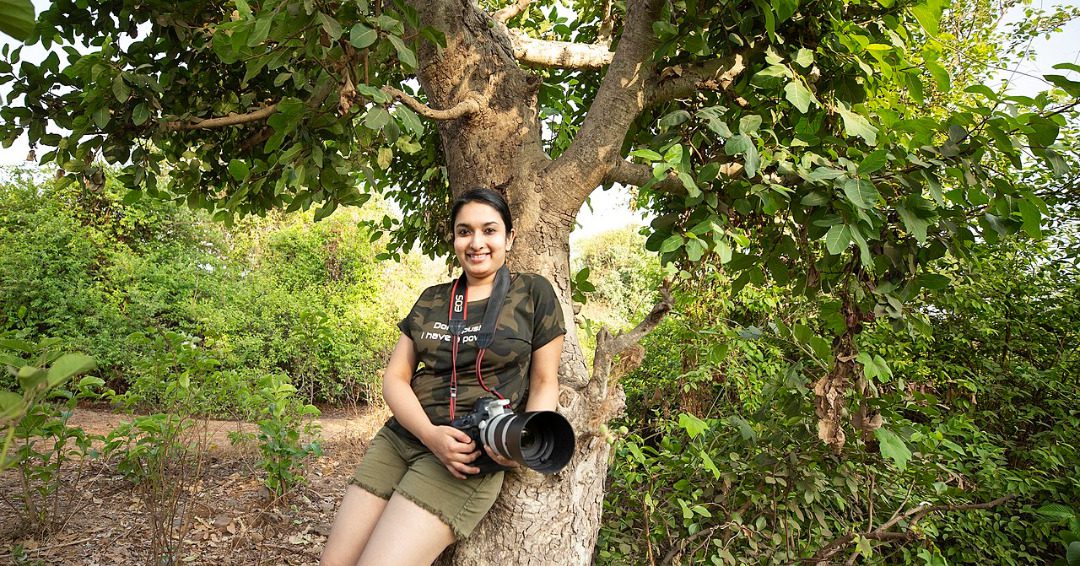
 An eagle clicked by Aishwarya Sridhar.[/caption]
An eagle clicked by Aishwarya Sridhar.[/caption]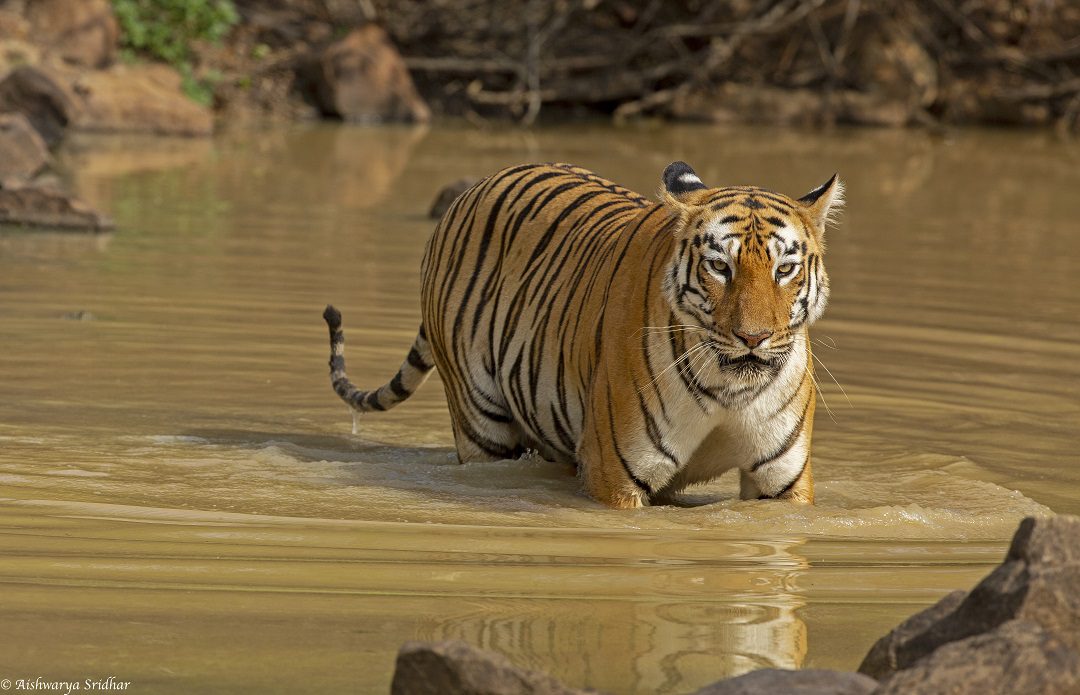 A tiger in the wild.[/caption]
A tiger in the wild.[/caption]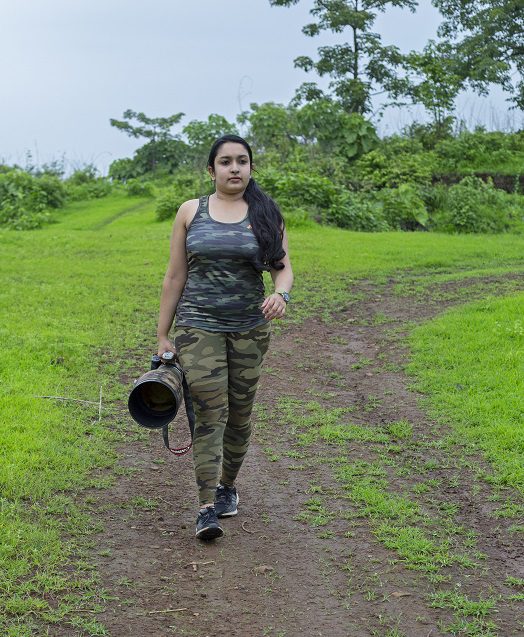 Aishwarya Sridhar[/caption]
Aishwarya Sridhar[/caption]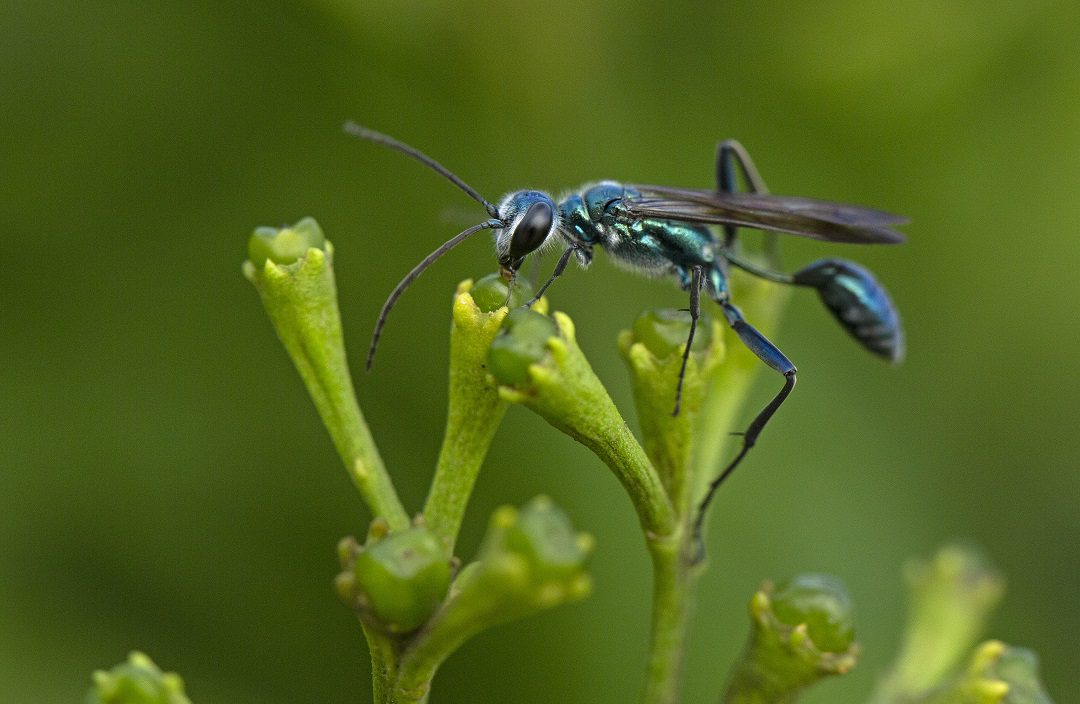 A wasp clicked by Aishwarya Sridhar[/caption]
A wasp clicked by Aishwarya Sridhar[/caption] Flamingoes of Mumbai, clicked by Aishwarya Sridhar[/caption]
Flamingoes of Mumbai, clicked by Aishwarya Sridhar[/caption]
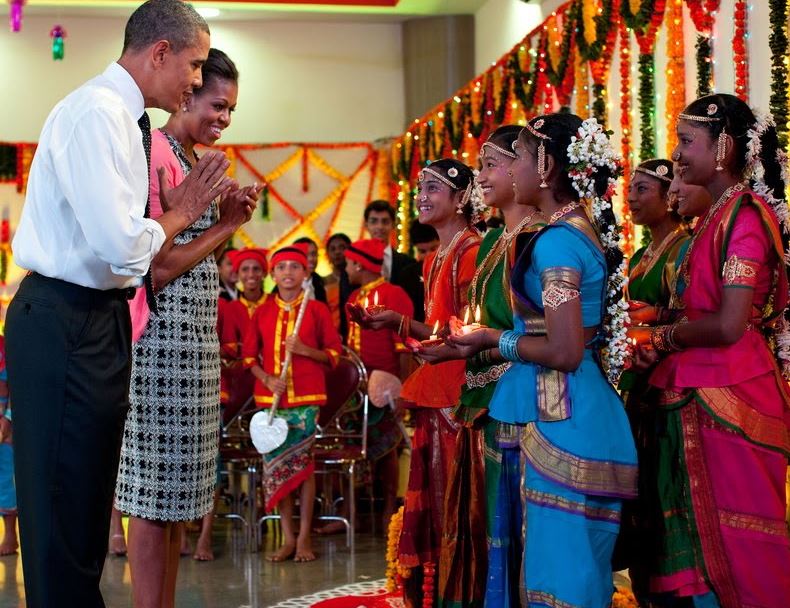 Obamas celebrating Diwali in 2010[/caption]
Obamas celebrating Diwali in 2010[/caption] A digital mural on One World Trade Center in 2021[/caption]
A digital mural on One World Trade Center in 2021[/caption]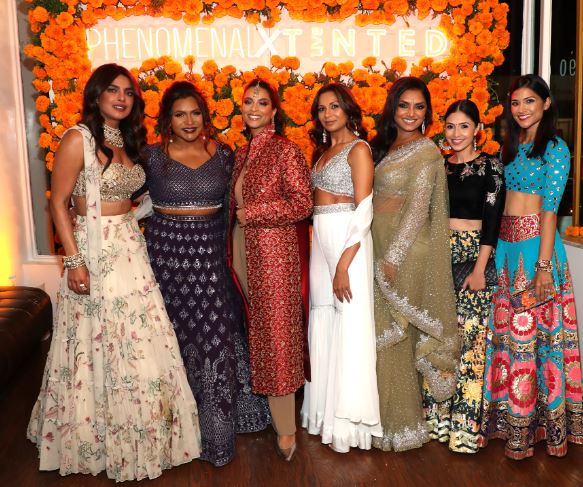 Celebrities and Influencers of the diaspora[/caption]
Celebrities and Influencers of the diaspora[/caption]
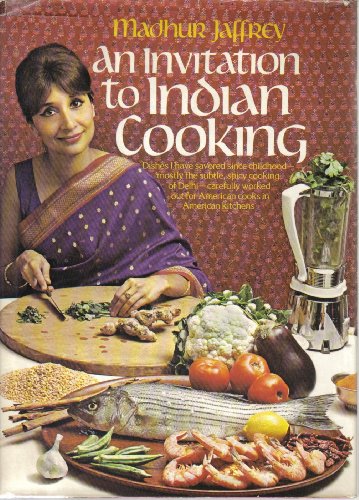 Madhur's debut cookbook is celebrating its 50th anniversary edition[/caption]
Madhur's debut cookbook is celebrating its 50th anniversary edition[/caption]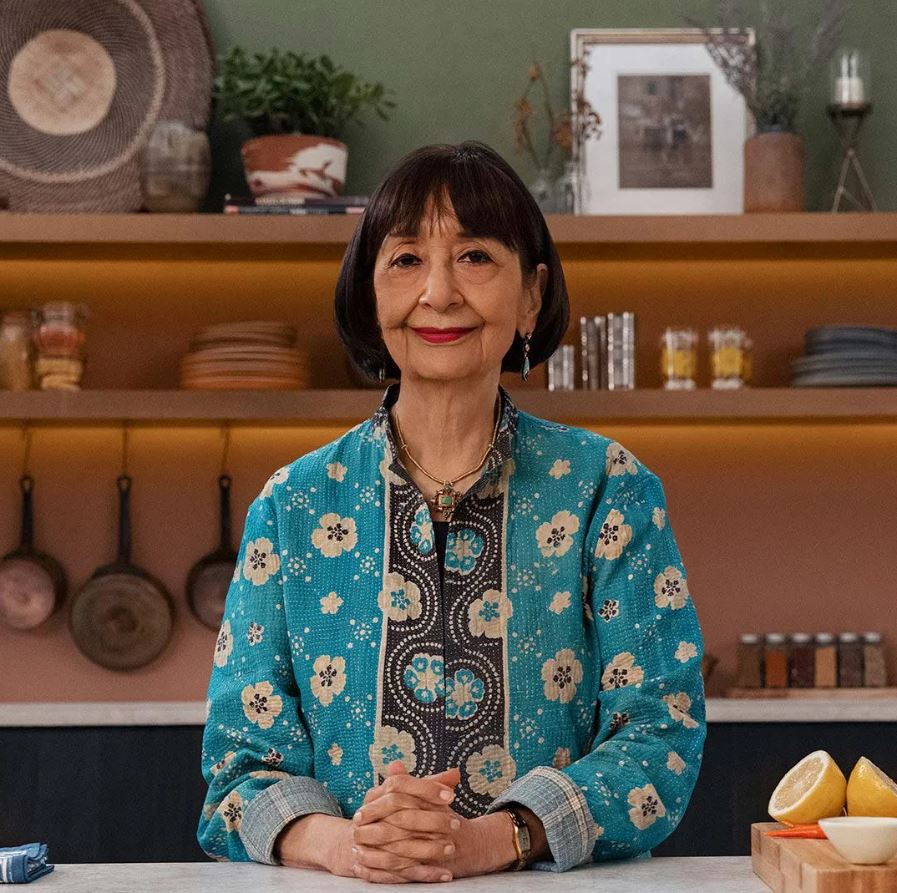 Madhur Jaffrey[/caption]
Madhur Jaffrey[/caption]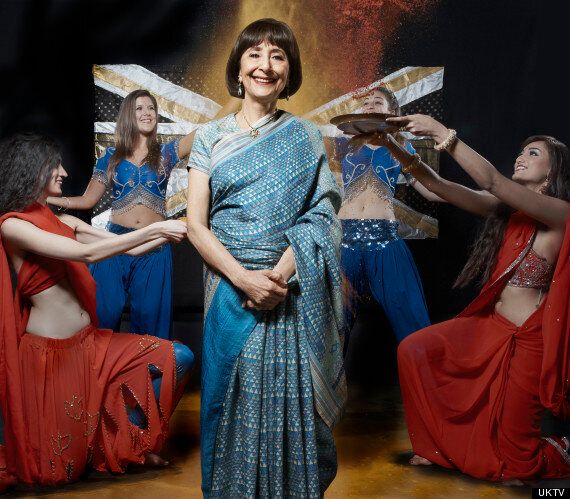 Madhur Jaffrey[/caption]
Madhur Jaffrey[/caption] Madhur Jaffrey presenting her cookery show on BBC in 1980s[/caption]
Madhur Jaffrey presenting her cookery show on BBC in 1980s[/caption]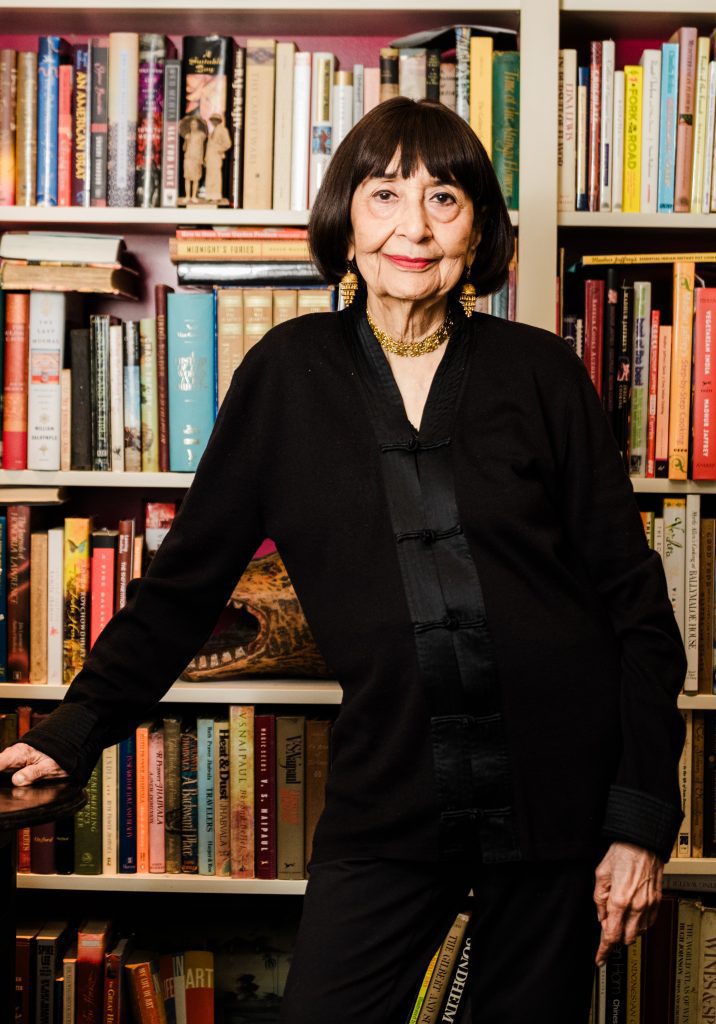 Madhur Jaffrey[/caption]
Madhur Jaffrey[/caption]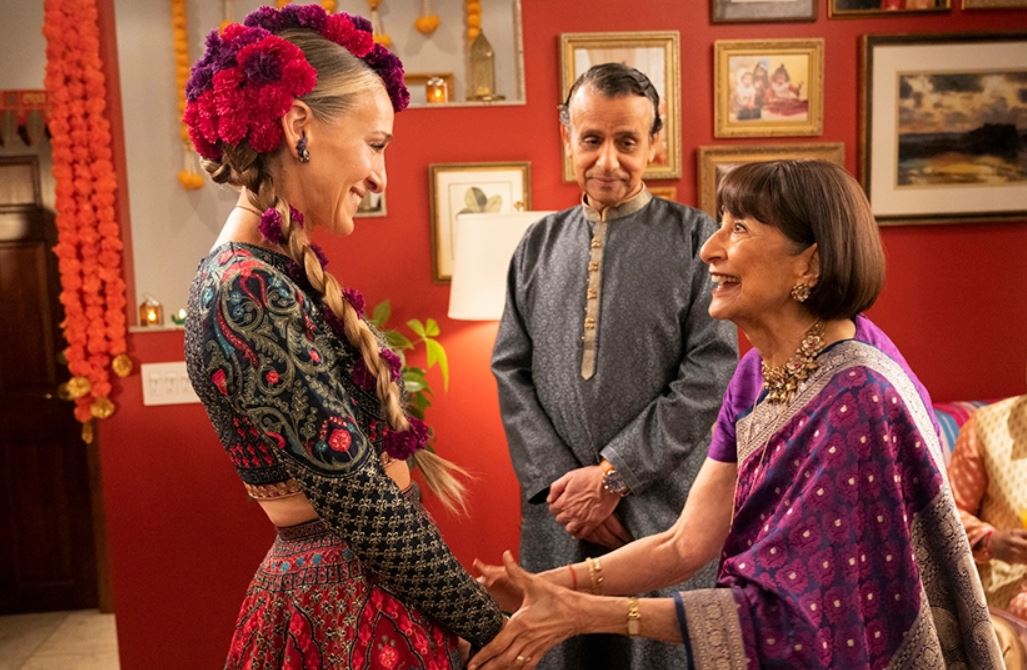 Madhur Jaffrey in one of her television shows[/caption]
Madhur Jaffrey in one of her television shows[/caption]
 Akhil after securing the double podium finish in the season opening round of the GT4 European Series, 2022[/caption]
Akhil after securing the double podium finish in the season opening round of the GT4 European Series, 2022[/caption]